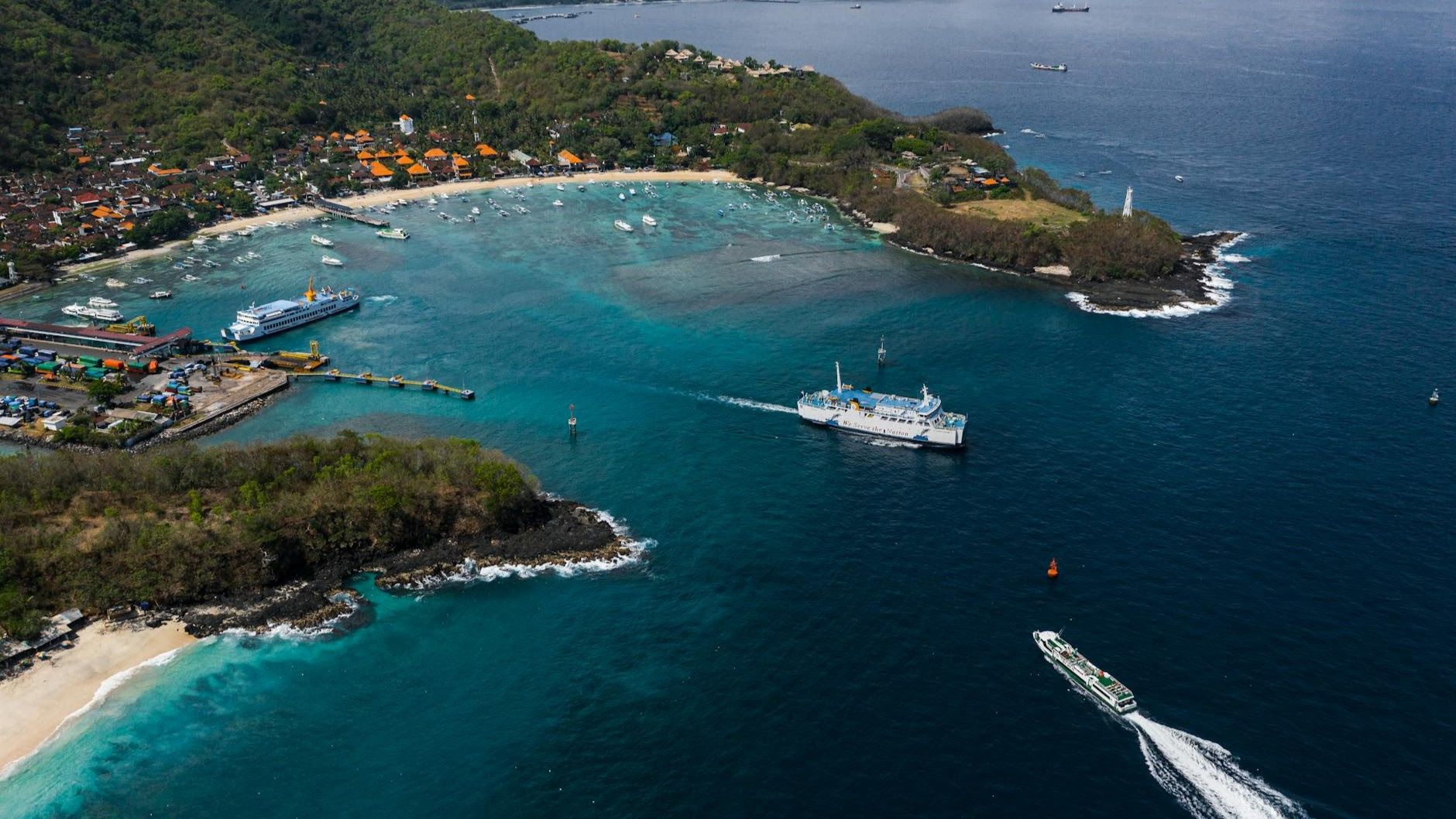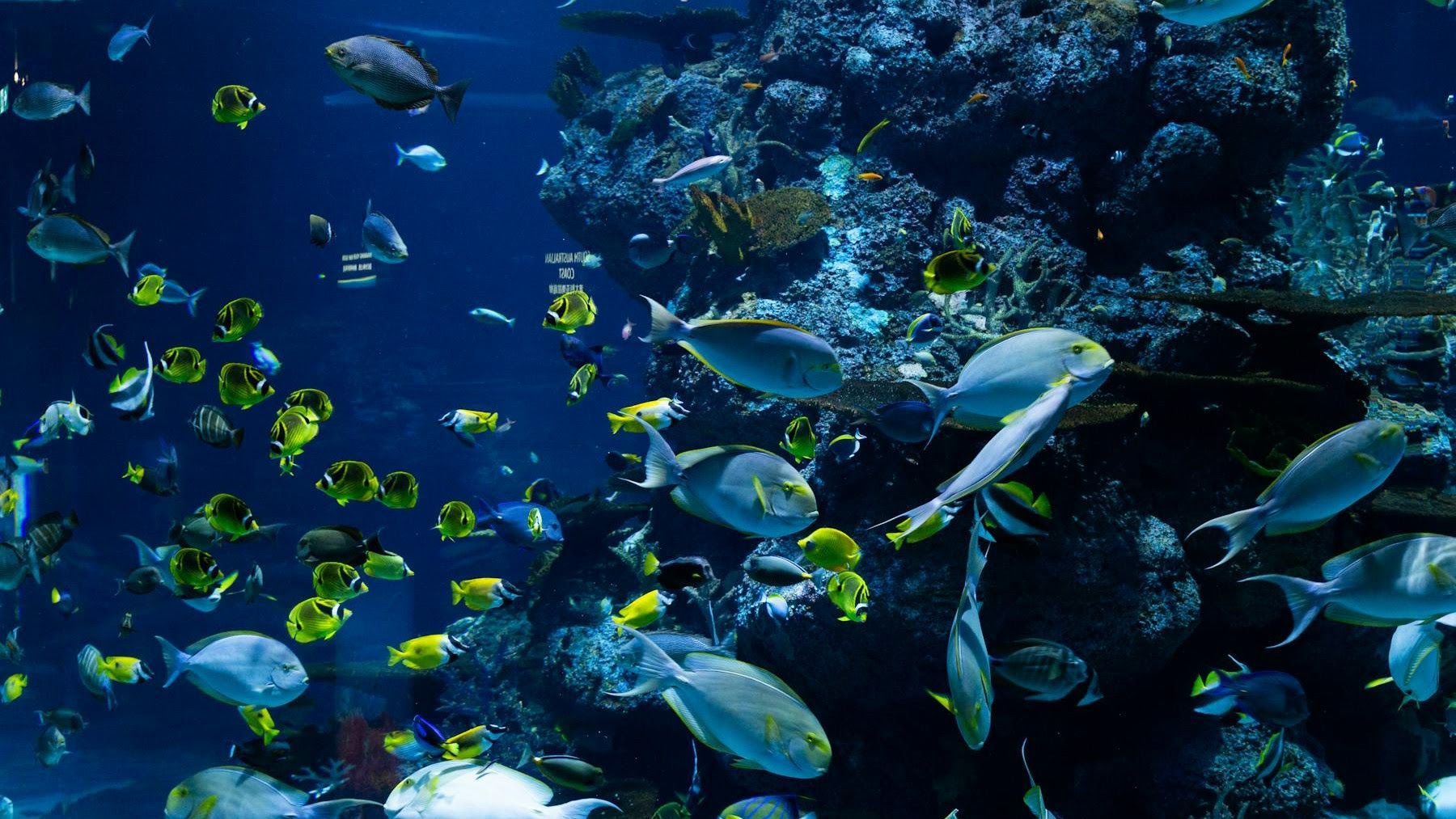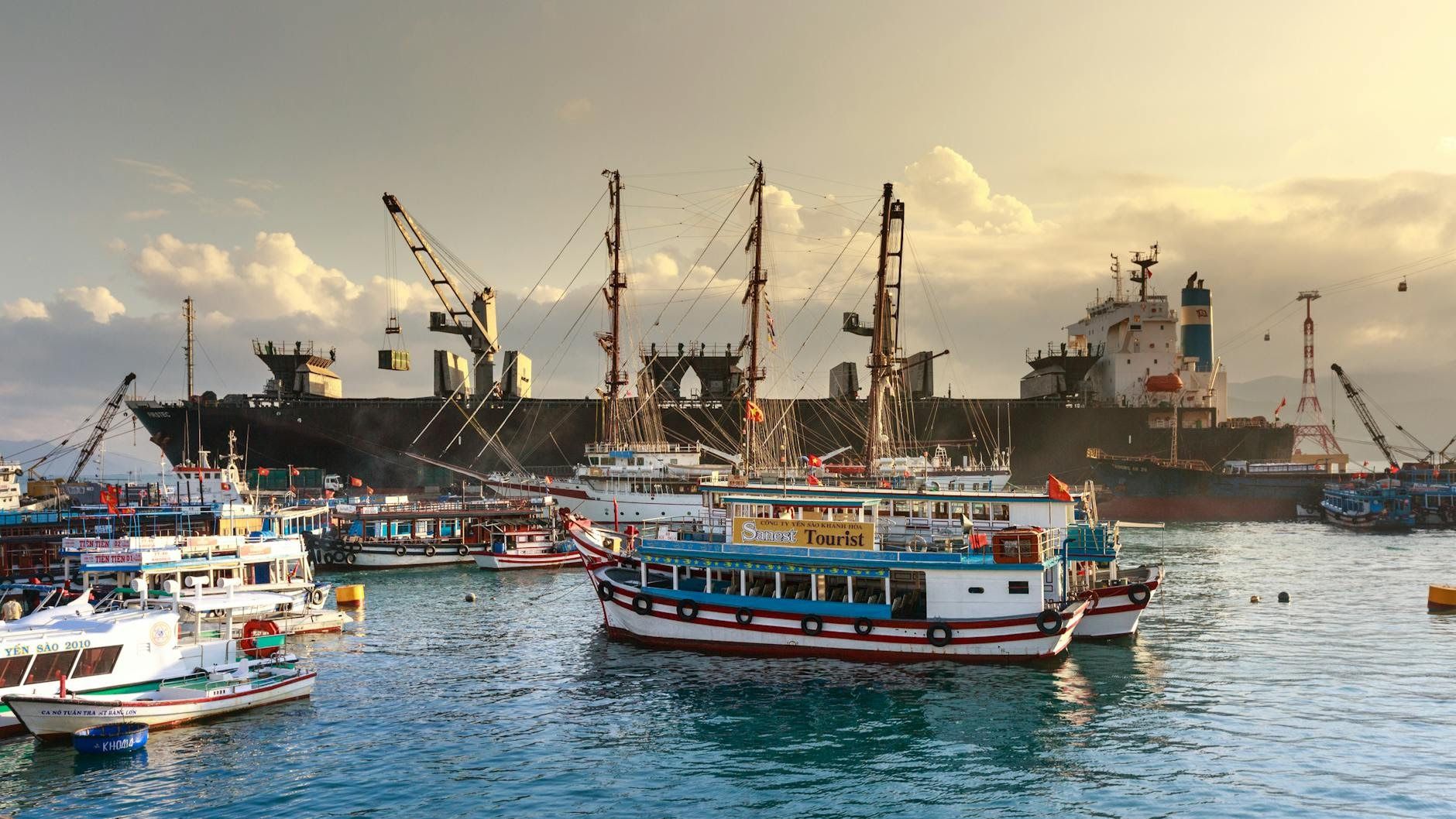Protecting Ocean Biodiversity: A Must for Maritime Industry
The maritime industry is an essential part of international trade, being the main transportation to carry goods worldwide. Even with the advantages for supply chain efficiency, the industry is creating pollution, wasting resources, and critically endangers our complex marine ecosystems because of the shipping and transportation activities for goods.
So, the application of ESG approaches has become mandatory to guide the maritime industry as a framework for sustainability. According to the WWF’s “Towards Nature Positive for the Ocean” Report, moving towards a Nature-Positive Future (halting and reversing biodiversity loss by 2030 on a 2020 baseline, and achieving full recovery by 2050) could not only reduce risks but also unlock huge business opportunity value.

The Ocean's Hidden Challenges
The ocean is facing a serious crisis due to shipping activities. Ballast water and hull fouling unintentionally transport an estimated 7,000 invasive species around the world each year. These invaders can harm local ecosystems and economies.
Underwater noise from ships, especially from older vessels and cruise ships with certain engine, propeller, and hull designs, disrupts marine life. This noise interferes with communication and navigation. Ship strikes are a major cause of death for endangered whales.
As ships get near ports, they can harm important habitats like oyster or coral reefs through pollution or by directly damaging them during groundings. Kelp forests, located worldwide in temperate and polar regions with shipping lanes, are also at risk.
Shipping can also affect dunes by causing coastal erosion from ship waves and underwater currents.
Charting a Nature-Positive Course
Sustainable shipping requires a holistic approach. Many solutions provide benefits for both reducing carbon emissions and protecting biodiversity. Key areas for biodiversity protection include ship routing, re-routing, and managing waste on board, such as grey water, black water, scrubber water, and ballast water.
Slow steaming, which means reducing ship speeds, can help protect biodiversity by lowering underwater noise and collision risks for marine mammals. Shifting from fossil fuels to alternative fuels is essential to reach the IMO’s goal of cutting CO₂ emissions from international shipping by at least 40% by 2030 compared to 2008 levels.
It's also important to recognize that some first-generation biofuels and biomass-based fuels may have significant impacts on biodiversity due to their extensive land use.

Protecting Biodiversity and Ocean Health with AI
Shipping operations take place from shallow nearshore waters of ports to deep oceanic waters, crossing various ecosystem types. AI plays a role in protecting these fragile marine ecosystems. It can guide vessels to avoid routing through sensitive migratory pathways or disrupting habitat connectivity for key species.
Additionally, AI can ensure that ships don’t anchor in natural habitats, thus protecting critical seagrass beds. AI can also help in monitoring the health of ecosystems and the risk of species extinction by processing large environmental datasets. It will also be key for real-time compliance with new standards like ISO 17208-3 for underwater acoustics and will help reduce harmful noise pollution.

A Collaborative Future
While challenges still exist in measuring and reporting biodiversity impacts, the momentum towards a nature-positive maritime industry is clear. The future of marine conservation relies on continuous innovation, systematic regulatory frameworks, and transparent reporting.
It needs a collective commitment from policymakers, financial institutions, shipping companies, and local communities to protect our oceans.
Learn more about your interface with Nature and the LEAP assessment framework. Click HERE to write to us or register your interest HERE.
